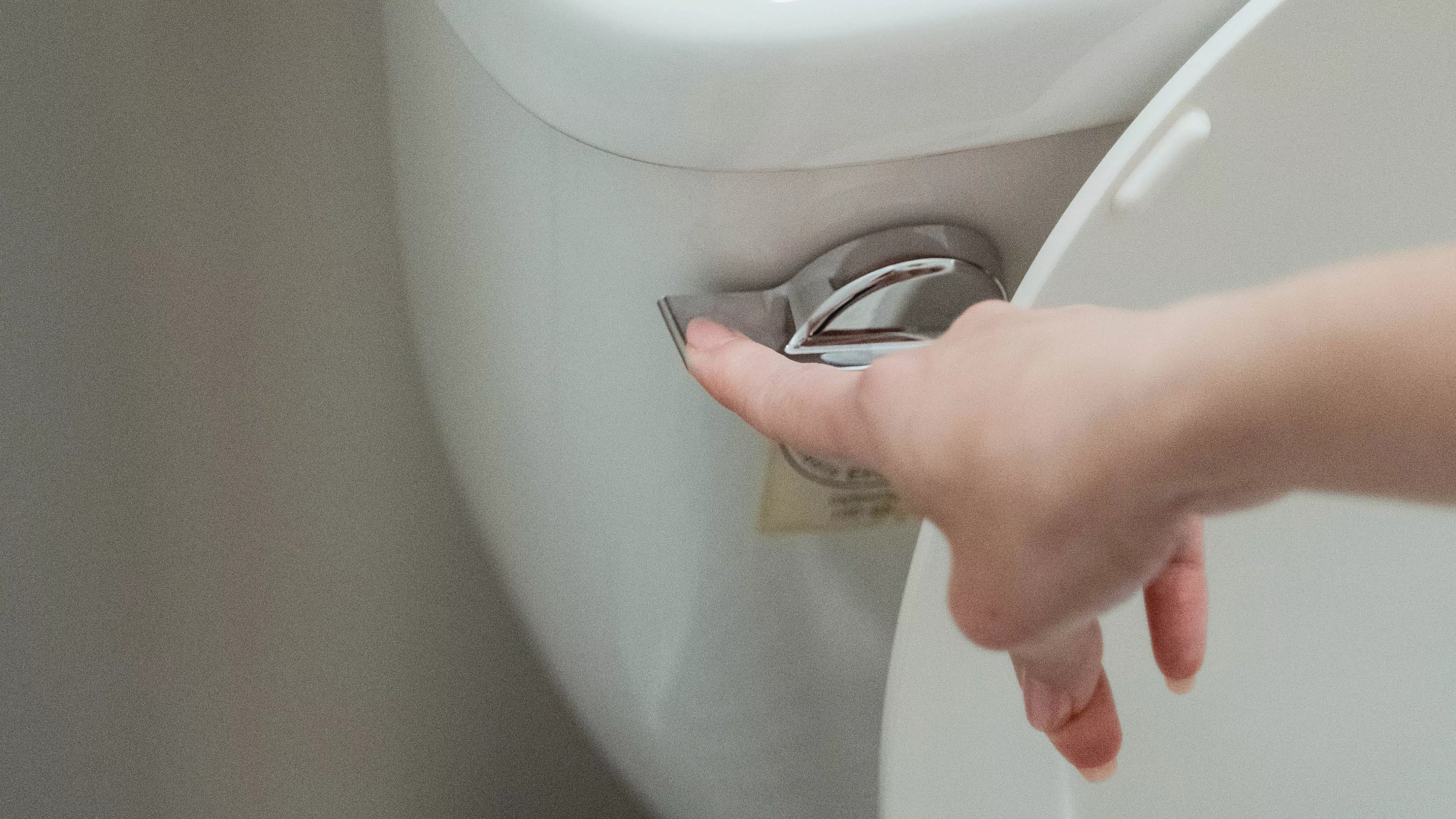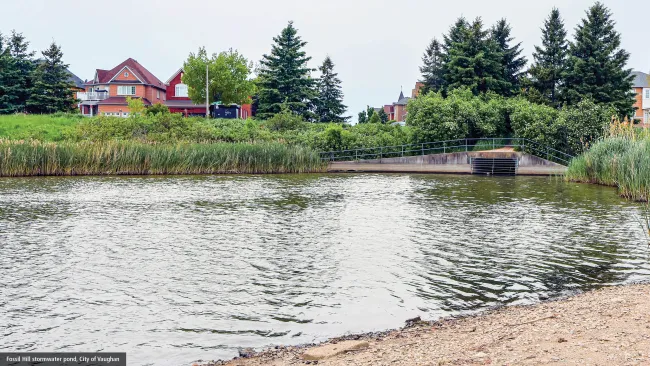Become a water wiz!
Learn about what happens after you flush and how to check for leaks
After you flush a toilet or drain a sink, do you know where that water goes? Gravity moves the wastewater through more than 45 kilometres of pipes before it reaches a wastewater treatment facility. There, the wastewater is treated to remove contaminants, and then, clean water is released back into Lake Ontario. While this process is seamless, certain materials entering the wastewater system can disrupt the flow!
That’s why it’s important only water, toilet paper and human waste go down the drain. Putting any other materials down a toilet or sink can cause damage and blockages within the City of Vaughan’s sanitary sewer system, which can be costly to clean and repair.
As a reminder, here are examples of materials that can’t go down the drain:
- Hygiene products: Whether they are feminine products, wipes, tissues or paper towels, none of these materials can be flushed. Place feminine products, tissues and paper towels in the green bin. All wipes – even ones labelled as “flushable” – go in the garbage.
- Household hazardous waste: Items that are corrosive, flammable, explosive or poisonous, such as paint, many cleaning products and chemicals, cannot go down the drain and are not collected curbside. Drop them off at a York Region waste depot for safe disposal. Visit york.ca/WasteDepots for locations, hours of operation and more information.
- Fats, oils and grease: If you’re cooking with fats, oils and grease, keep in mind that when cooled, these materials can clog sewer pipes if disposed of down the drain. Let these liquids cool and scrape or wipe them into the green bin. Alternatively, you can drop off cooking oil in a tightly sealed container, no more than four litres, at a York Region waste depot.
How to check for water leaks
Whether they come from your toilet, bathtub, washing machine or dishwasher, water leaks can result in a high water and wastewater bill and cause costly damage to your home.
To test for leaks, ensure water is not being used in your home overnight. In other words, avoid running washing machines, dishwashers, sprinklers or flushing toilets at night and record the number on your water meter. Then in the morning, check the number on your water meter again. If the number has increased, you may have a water leak somewhere inside or outside your home.
The most common cause of high water and wastewater bills is toilet leaks. Here are steps to check for a leaky toilet:
- Remove the tank lid from the toilet.
- Put about five drops of food colouring in the toilet tank. Use Worcestershire sauce or another very dark liquid if you do not have food colouring.
- Close the toilet lid and wait 30 minutes. If coloured water seeps into the toilet bowl, you could have a leak. This can be a sign that the flapper valve may need to be replaced or realigned.
- If the bowl is clear and all the coloured water remains in the tank, you likely do not have a leak.
- Repeat these steps with all toilets in your home.
If you suspect a water leak in your home, call a licensed plumber to investigate and repair it as soon as possible. For more information on checking for leaks, read the City’s water wise brochure (PDF).
For more information on the City’s wastewater services, visit vaughan.ca/wastewater.
For updates and news as they happen, subscribe to Vaughan News and follow the official corporate channels on Twitter, Facebook, Instagram and LinkedIn.





